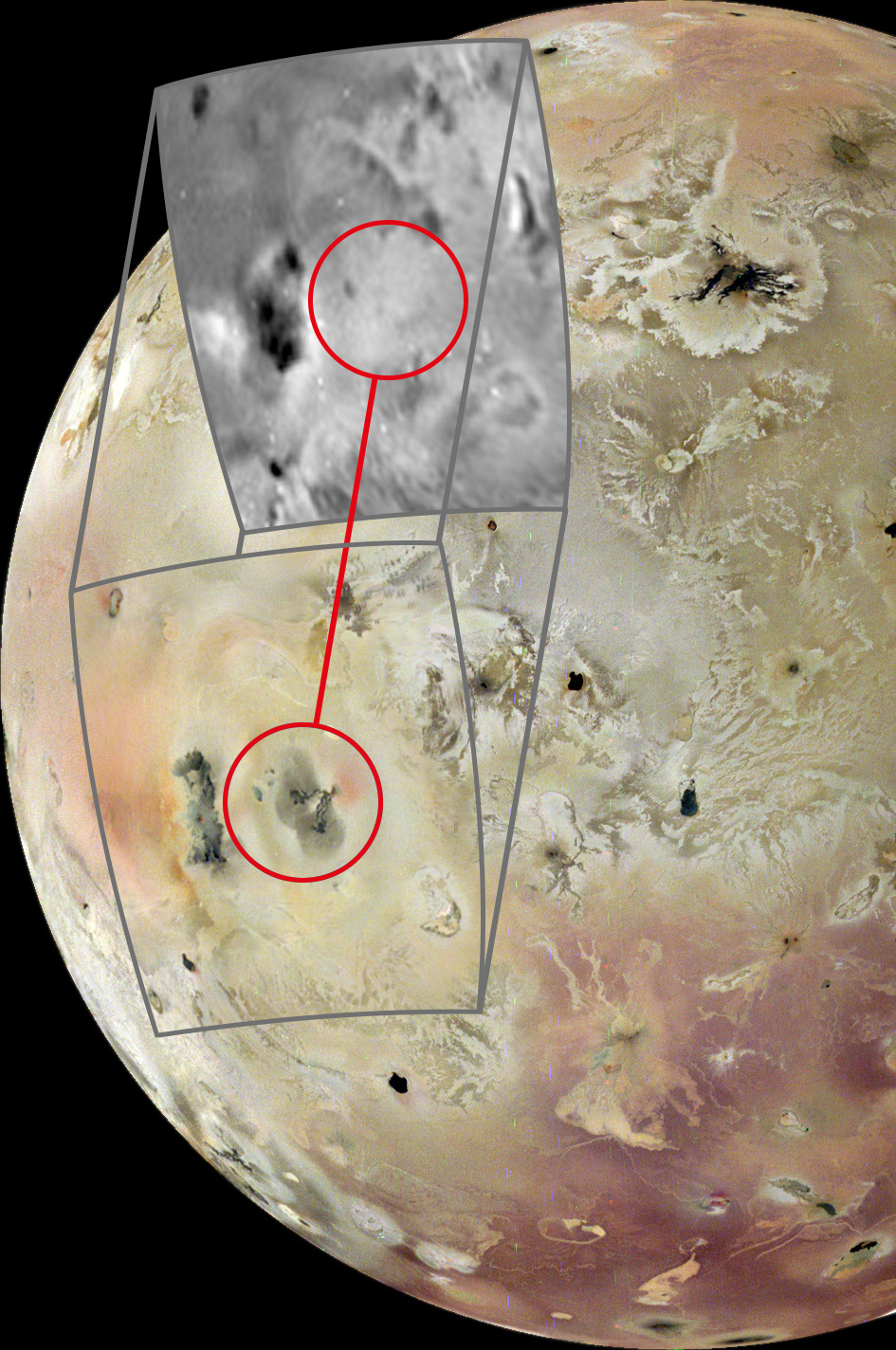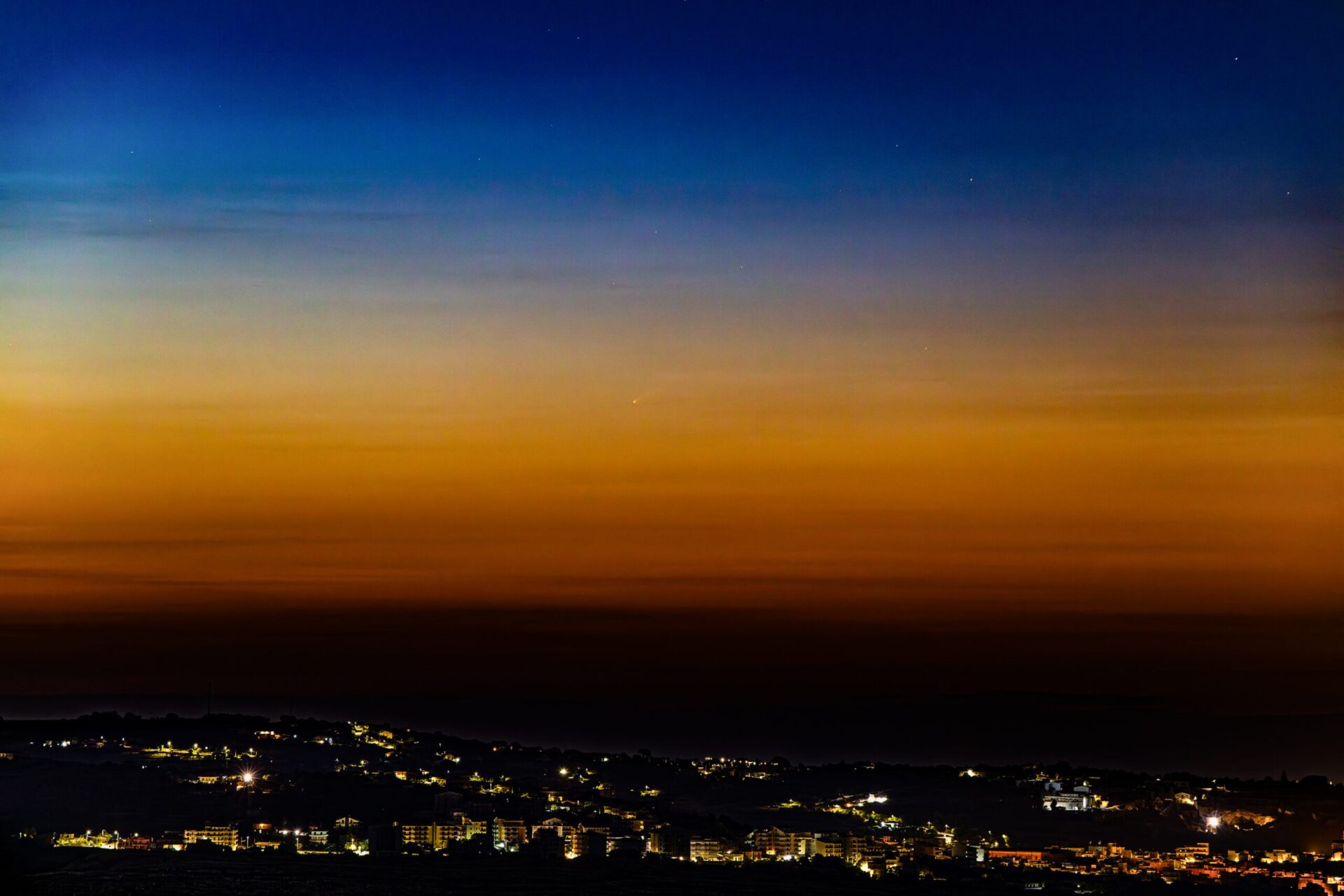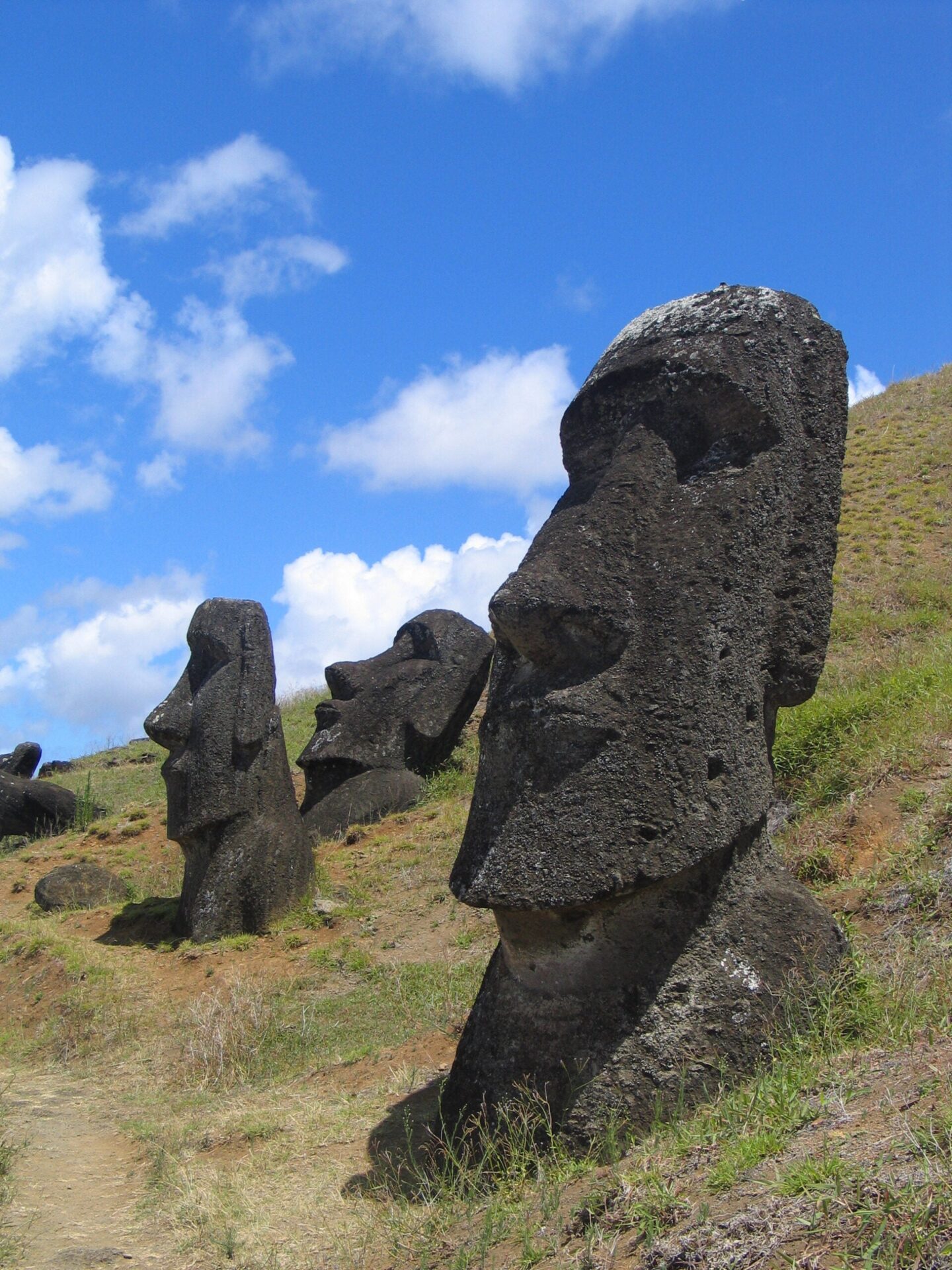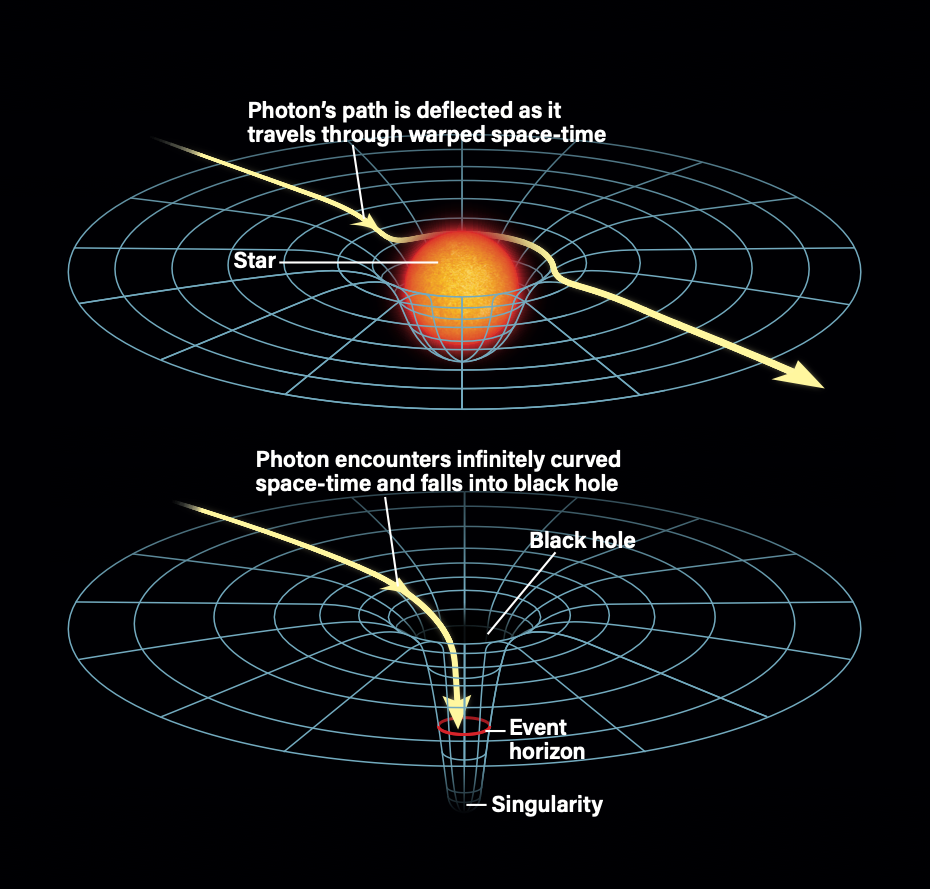NASA / JPL-Caltech / SwRI / MSSS / Europlanet
NASA’s Juno mission has spotted a new volcano on Jupiter’s exceedingly volcanic moon, Io. The new feature has spewed multiple lava flows and deposits covering a region about 180 kilometers (110 miles) on a side. The volcano is fresh, as NASA’s Galileo mission saw only a featureless surface in the same region when it flew by in 1997. On behalf of the JunoCam team, Michael Ravine (Malin Space Science Systems) revealed the feature as part of a bevy of new results presented at the Europlanet Science Congress in Berlin, Germany.
As part of Juno’s extended mission, the spacecraft has taken multiple passes by Jupiter’s volcanic moon. Three recent flybys on December 30, 2023, and on February 3 and April 9, 2024, have captured 20 images revealing unprecedented detail on Io’s surface. That includes nine volcanic plumes ranging in height from 50 to 100 km (30 to 60 miles) as well as new lava flows and deposits.

NASA / JPL-Caltech / SwRI / MSSS

credit
Among the new findings, Ravine presented images of a “large, complicated volcanic feature that appears to have formed from nothing since 1997.” The feature appears in images obtained during the February 3rd pass, which include two shots taken during Io’s nighttime. The light illuminating the surface comes from Jupitershine, or sunlight reflected off of Jupiter.
The new volcano spewed sulfur into space, which then fell back onto Io’s surface, staining red the area to the east. On the western side, two dark streams of lava run for about 100 kilometers, pooling at the farthest point. There, the lava’s heat vaporized surface material, creating two overlapping dark gray deposits.

NASA / JPL-Caltech / SwRI / MSSS / Europlanet / Google Maps
JunoCam is not one of the mission’s core scientific instruments, included instead for public engagement — although it clearly has great scientific power, too. Its wide field of view and high resolution results in detailed images of Jupiter and its moons during close flybys. Once downlinked to Earth, those images are made available at missionjuno.swri.edu, available to anyone for processing and analysis.





No comments! Be the first commenter?